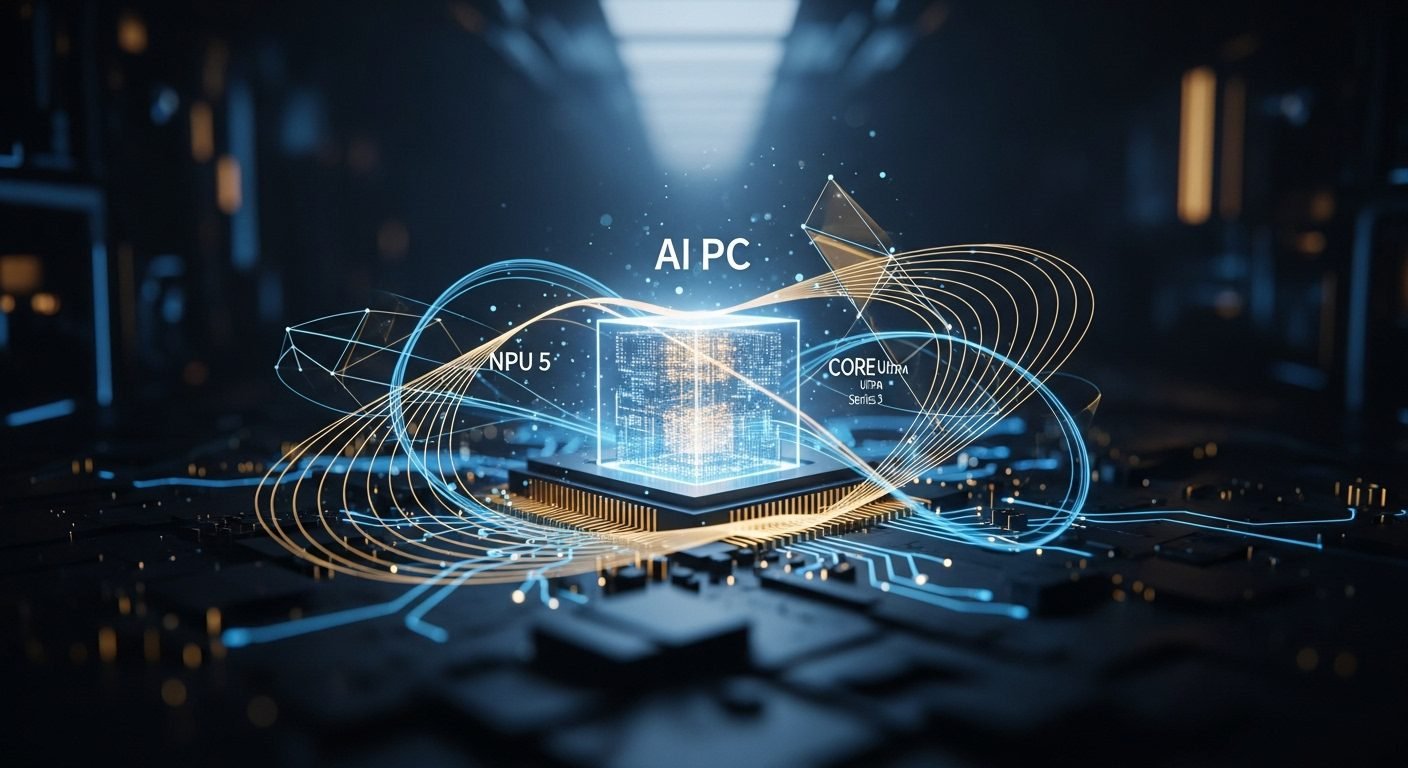A half-trillion-dollar bet on infrastructure is rarely subtle, and OpenAI’s “Stargate” project is proving to be anything but. Initially announced in January 2025, this colossal initiative aims to funnel $500 billion into a nationwide network of AI data centers across the U.S. by 2029. Recent disclosures from September 2025 indicate the project is not just on track, but significantly ahead of schedule, rapidly redefining the competitive landscape of artificial intelligence.
The audacious goal is to secure American leadership in AI, and the numbers are staggering: over $400 billion already committed by September 2025, pushing planned capacity to nearly 7 gigawatts (GW). For context, a 5-gigawatt data center consumes power comparable to five nuclear reactors. This is not merely an expansion; it’s a fundamental re-platforming of OpenAI’s capabilities and, by extension, the broader AI ecosystem.
The Stargate Scale: A Data-Driven Leap for AI
The immediate deployment of $100 billion signaled the project’s gravity, but the acceleration is truly remarkable. Five new U.S. data center locations—Shackelford County, Texas; Doña Ana County, New Mexico; Lordstown, Ohio; Milam County, Texas; and an undisclosed Midwest site—join the flagship Abilene, Texas campus, pushing total capacity significantly toward the 10 GW target. This surge in physical infrastructure directly addresses OpenAI CEO Sam Altman’s candid assessment that current AI is “severely limited” by computational infrastructure.
Key players like SoftBank, Oracle, and Emirati sovereign wealth fund MGX form the financial backbone, with Microsoft, Nvidia, and Arm providing critical technology. SoftBank shoulders the financial responsibility, while OpenAI manages operations, overseen by SoftBank’s Masayoshi Son as chairman. The strategic pivot from Microsoft as an exclusive cloud provider to a multi-partner approach involving Oracle (a $300 billion agreement for 4.5 GW of capacity) and Nvidia (a $100 billion investment for GPUs) underscores the project’s unprecedented scale and diversified needs. Read more about the shifting dynamics of AI partnerships. This diversification reflects not just demand, but a strategic move to de-risk and optimize the compute supply chain, essential for such an enormous undertaking. The project also projects creating over 100,000 jobs by 2029, a significant economic catalyst for the U.S. economy, as detailed in recent reporting by FOX Business. “OpenAI’s Stargate Project ahead of schedule with new data center locations,” FOX Business.
Decoding the Market Trend: From Exclusive to Expansive
The Stargate Project signals a profound shift in the AI arms race. OpenAI’s move from an exclusive reliance on Microsoft to a distributed, multi-vendor infrastructure strategy is a clear indicator that the scale of frontier AI development has outgrown conventional cloud models. The demand for compute, driven by models like ChatGPT which has seen tenfold growth, is insatiable. This project isn’t just about building data centers; it’s about building an entirely new foundation for advanced AI that requires a fundamentally different approach to energy, logistics, and partnerships.
However, this ambition comes with significant challenges. The colossal energy demands are a primary concern; each gigawatt-scale data center requires immense power, equivalent to multiple nuclear reactors. This raises valid questions about grid stability, environmental impact, and the practicality of generating such massive power. While OpenAI aims for diverse power sources, the immediate reliance on gas and the long-term quest for sustainable solutions will test the limits of energy innovation. Logistical hurdles, from securing vast tracts of land and navigating complex regulations to mitigating skilled labor shortages and managing supply chains for specialized components like GPUs and cooling systems, remain formidable. These challenges are being addressed with the accelerated rollout, but they are far from trivial. Explore the future of sustainable data center technologies.
Data Outlook
- Insight One: The rapid acceleration of Stargate’s infrastructure deployment suggests a more aggressive timeline for next-generation AI model releases, potentially intensifying the compute race in 2026-2027.
- Insight Two: The project’s immense energy demands will force accelerated innovation in sustainable power solutions and grid management, driving significant investment into nuclear and advanced renewables.
- Insight Three: Stargate’s distributed nature and multi-partner approach will likely trigger a re-evaluation of cloud exclusivity models across the tech industry, fostering more diversified infrastructure strategies for large-scale AI.
In essence, Stargate is not just an OpenAI project; it’s a strategic national play to solidify the U.S.’s technological leadership. The immense computing power it promises could unlock breakthroughs in AI research previously unimaginable, propelling us into a new era of intelligent systems. Yet, the successful navigation of its unprecedented energy, logistical, and environmental complexities will be the ultimate determinant of its long-term impact on the global AI landscape.











